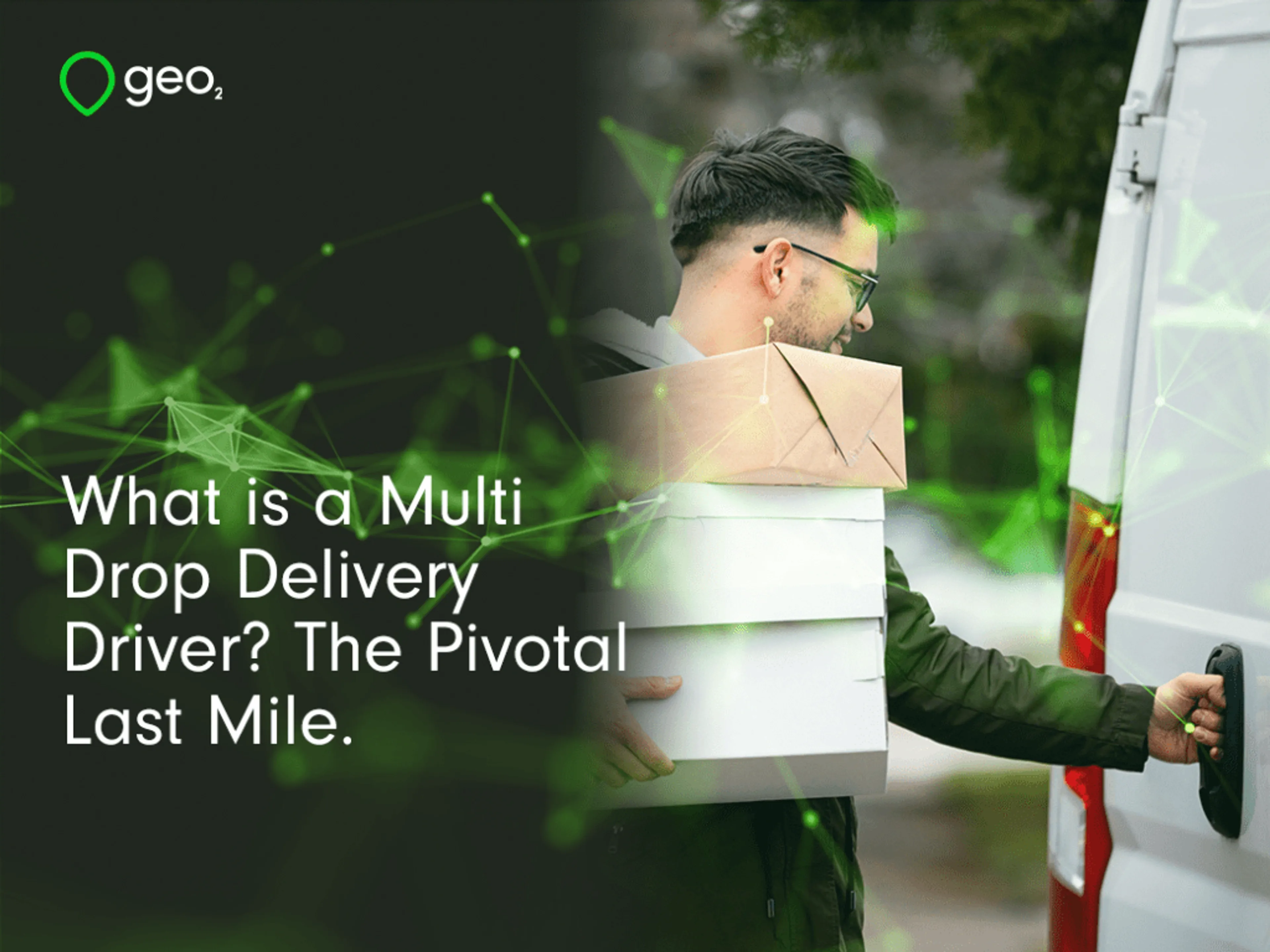Definition of a Multi Drop Delivery Driver.
A multi drop delivery driver is one that makes many deliveries as part of the same route. So, they fill their van or truck with orders for multiple customers, then follow a scheduled route, making the deliveries one by one. This contrasts with the kind of delivery driver who undertakes single trips at a time. So, for example, a single drop delivery would describe a lorry driver moving goods between a manufacturer and a wholesaler or a truck driver taking whole shipments of groceries to a supermarket.
Multi drop drivers are employed by specialist and local couriers as well as by multinationals, like UPS or DPD. But with the advent of the gig economy, large ecommerce providers have increasingly taken on multi drop drivers to ship goods for them to end customers. Companies like Amazon have pioneered this model, both hiring self-employed drivers under its Flex programme and also using independent contractor companies whose drivers exclusively work for Amazon and drive Amazon branded vehicles.
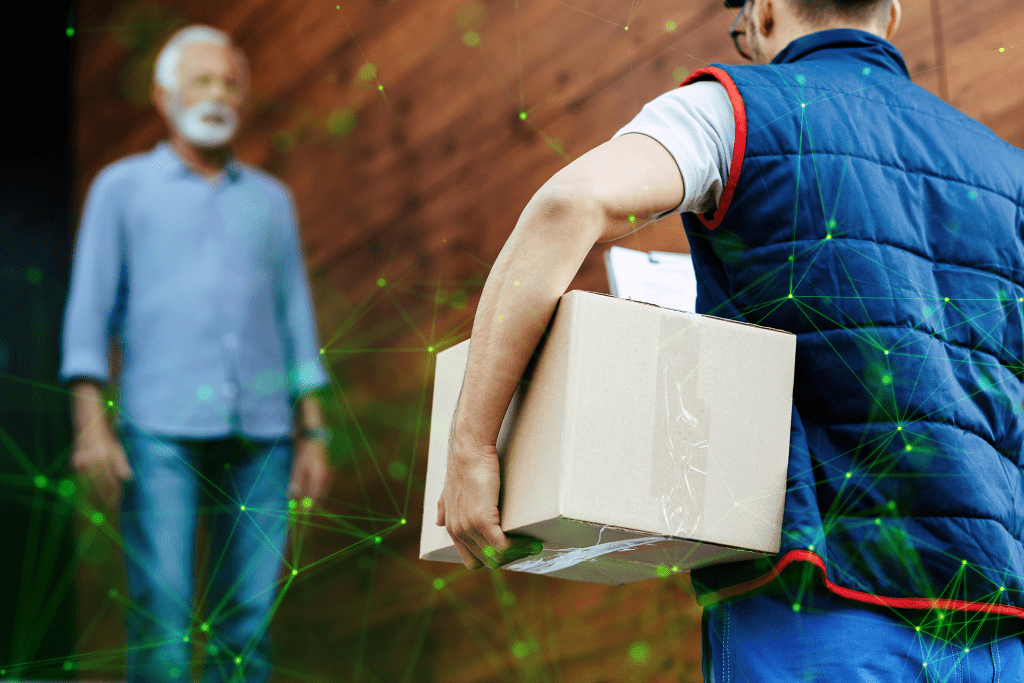
The Challenges of Multi Drop Delivery Driving.
Whether you are self-employed or you work for a courier company, yours is the pivotal role in the supply chain experience. But it is not without its challenges. You are required to deliver large numbers of orders as quickly as possible. This maximises the speed at which customers will receive their orders and also limits the amount of money it costs to do so. How well you achieve both of these aspects will affect how much you get paid.
Some companies pay per shift, with perhaps a bonus paid per delivery. But it is more common to be paid per delivery. In urban areas, drivers are expected to deliver perhaps 20-30 parcels per hour, meaning 100-200 deliveries a day. If you are self-employed, you can pick and choose the shifts or the routes you are willing to take. How much you are willing to work dictates your income.
On top of that, though, there are a number of variables that can limit your earnings – because they can send your expenses soaring. Fuel costs and vehicle maintenance, for example, can be costly and will impact your profit margins. Traffic can also slow you down. Whether there’s been an accident or there’s a surprise road closure due to roadworks, how fast you can get through your route affects your earnings ability. In urban areas, dense traffic coupled with parking and stopping restrictions can be a headache for the multi drop driver. You need to make frequent stops and must get between destinations quickly. But if you only have two or three minutes per drop, then spending even a couple of minutes searching for a parking space can be critical.
Being abreast of the traffic situation in your delivery area helps you avoid bottlenecks and get to the next customer as soon as possible. With seemingly ever-rising transport costs, the price of fuel is a significant factor, too. Fuel prices have dropped from their recent peak, but even if they fall further, you always need to save fuel so that you can minimise your daily outgoings.
Another challenge comes in trying to deliver to customers that are out. If the delivery won’t go through the letterbox, then you need to spend time and effort arranging an alternative. It may be that you have delivery instructions to hand the parcel to a neighbour or to leave it somewhere safe. But if not, you need to let the customer know you attempted delivery and may need to return it to a depot or attempt a redelivery. This takes time and impacts your delivery performance.
Vital Technology for Multi Drop Delivery Drivers.
Surging levels of ecommerce mean more and more multi drop delivery drivers are needed. But it’s hard for companies to find, attract and hire well-qualified drivers. Those that are most in demand are those that can deliver more. Technology has a role in helping you deliver more packages more quickly. Transport management systems (TMS) offer functionality that helps you to beat the traffic and deliver to customers faster.
Multi drop delivery drivers often have to plan their own delivery routes. A TMS can help reduce the amount of time you spend planning your routes, as everything is done almost immediately once you input your destinations. A TMS app can also optimise your schedule, plotting the most efficient routes between your multiple drops and therefore helping you navigate your day more quickly. Systems that access information about real-time traffic can also dynamically reroute you so that you avoid unforeseen delays and bottlenecks.
Proof of delivery helps ensure customer satisfaction, verifying a delivery and providing the evidence that a successful delivery has been made. Using GPS, time and date stamping, as well as signature capture or the ability to take photos can give the proof of delivery needed to avoid disputes and costly claims.
Finally, if your vehicle is off the road, you cannot earn any money. So, you must make sure it is always in working order. Preventive checks can highlight any problems, allowing you to resolve them before they become worse. It also means you can have them remedied at a convenient time – on a day that you are not working, for example – rather than in an emergency and at a time that prevents you from making your deliveries.
The Impact and Importance of Multi Drop Delivery.
Multi drop delivery driving is an integral part of modern ecommerce and supply chain management. Multi drop drivers operate at the pivotal last-mile stage where customer experience is shaped and business reputations are made or broken. The job has many challenges, like handling lots of deliveries and tight schedules, and managing costs and technology well.
To adapt and succeed, multi drop delivery drivers should embrace TMS technology that can help them be more operationally efficient and also enhance customer satisfaction. To get your packages to customers’ doorstep more quickly and efficiently, Geo2 can help by plotting optimal routes, avoiding problematic traffic and providing essential proof of delivery. Try Geo2 for free today to find out more.
Why Consider Geo2?
Geo2 is a cloud-based system, with an app and web platform that was developed by Springboard Applications, a subsidiary of Balloon One. It is a scalable system that can be used by a wide range of businesses, from independent delivery drivers, right up to enterprises and 3PLs that manage their own fleets. Here is a summary of the main features and benefits:
- Sophisticated route planning and optimisation
- Cloud-based system accessible via the web
- Mobile driver app (Android and iOS)
- Proof of delivery
- Status updates and notifications
- Real-time fleet tracking
- API for integration with ERP, WMS and other supply chain software
- Fully scalable
- Subscription-based pricing
- Free version for single users
Geo2 is designed to help you make the most deliveries in the shortest amount of time, while minimising costs and fuel consumption.
Related posts
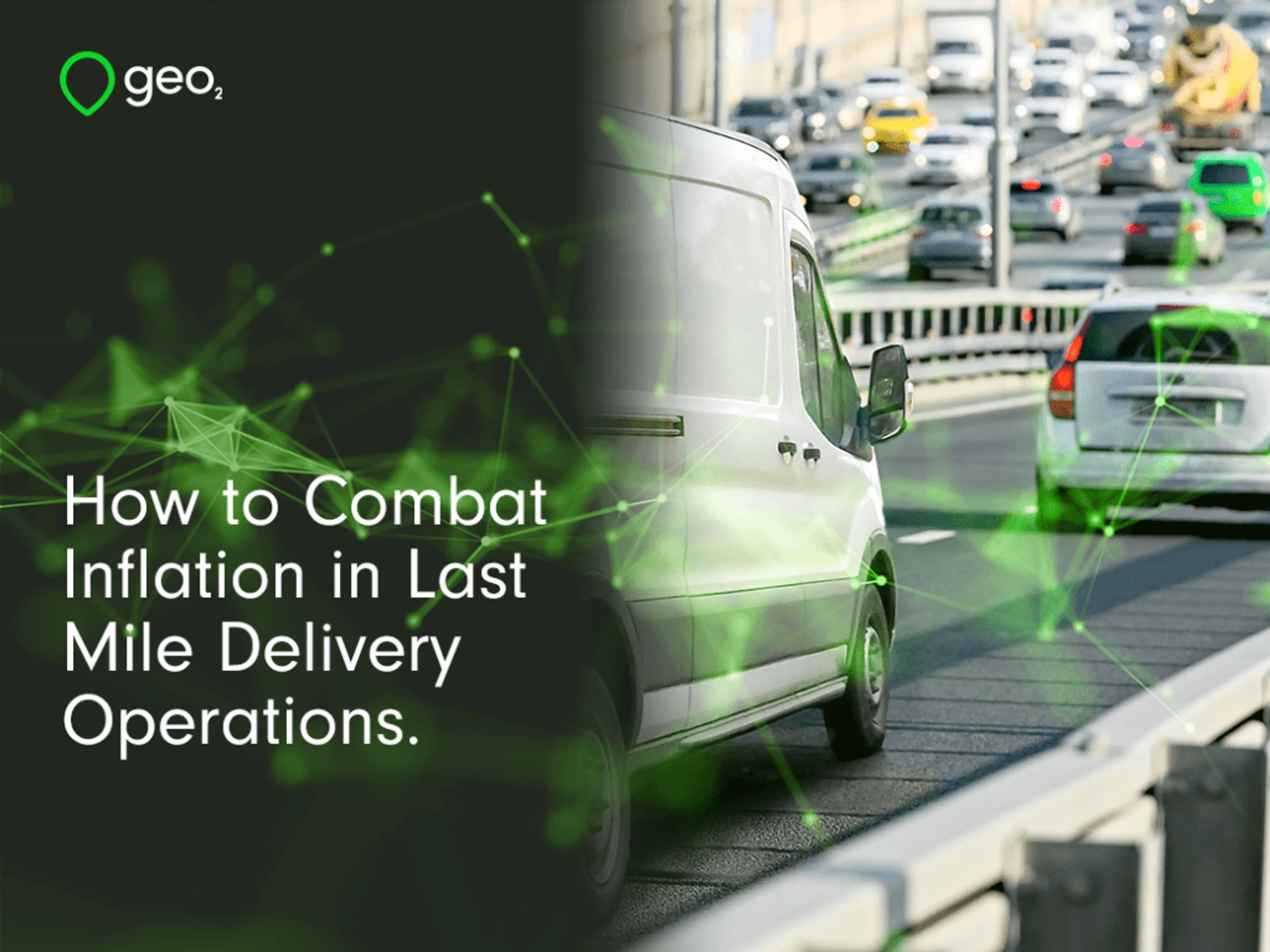
How to Combat Inflation in Last Mile Delivery Operations.
During the past two years, the rate of inflation has risen sharply in the UK. It rapidly reached double-digit figures and peaked at a 41-year high of 11.1% in October 2022. The Bank of England predicts that inflation will continue to fall during 2023 and 2024 and will return to its 2% target by the end of 2024. Despite this, the effects of inflation on businesses are likely to be felt for some time to come. The economy is clearly struggling. But for delivery companies and distribution operations, using a transport management system (TMS) can help to combat the effects of inflation.
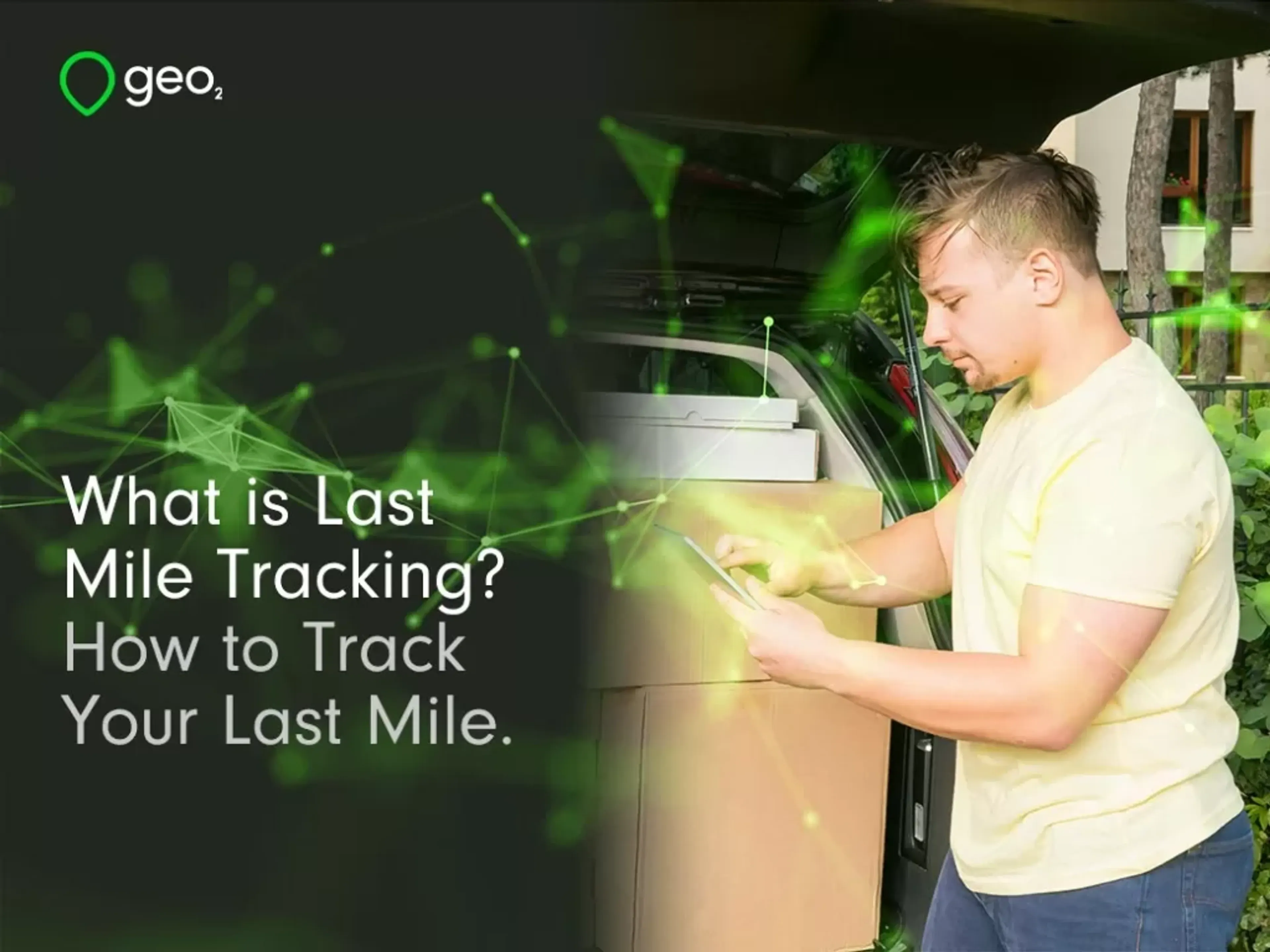
What is Last Mile Tracking? How to Track Your Last Mile.
In an era where consumers expect their goods faster than you can say 'Amazon prime', efficient logistics and savvy tracking are key players in the game. For delivery companies, transport managers, and operations specialists, mastering the last mile delivery process is not just a competitive edge, it's a necessity. Last mile tracking is at the forefront of this challenge, offering businesses a real-time understanding of their fleet's location and performance. But what is last mile tracking, why is it so crucial, and how can you implement it in your delivery operations? This guide provides an in-depth look at last mile tracking and its impact on the delivery industry.
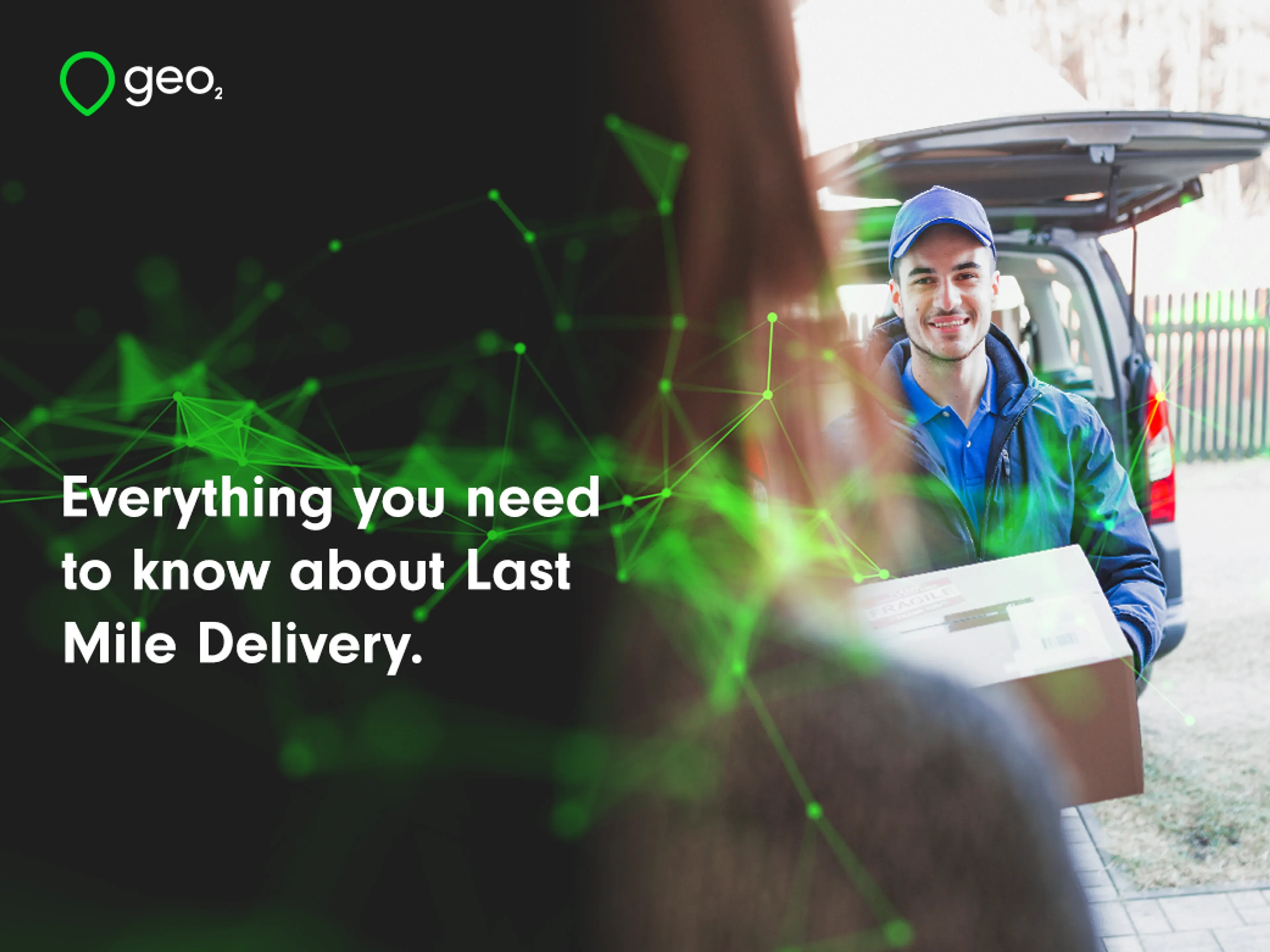
Everything you need to know about Last Mile Delivery.
In e-commerce and logistics, "last mile delivery" is a crucial term. It refers to the final step in the delivery process, where goods are transported from a distribution center to the end consumer. This step, while seemingly simple, is often the most complex and expensive part of the logistics chain. For e-commerce businesses, local delivery services, and transport planners, understanding and improving last mile delivery can boost efficiency, customer satisfaction, and profitability.
